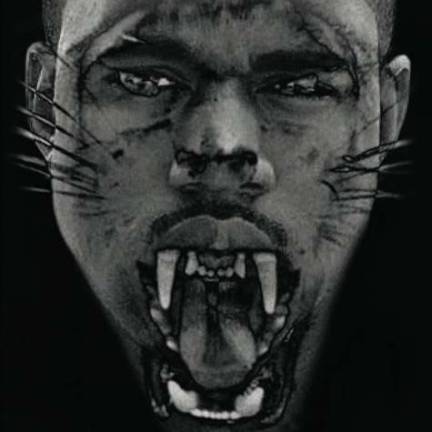City Arts: Song of the Year

Call Larry Gagosian You belong in museums -Jay-Z, "That's My B**ch" Jay-Z dreams of collapsing the class and race divisions reflected in high art and pop art hierarchies. Reverse the title of Kanye West and Jay-Z's love song from their Watch the Throne album ("That's My B**ch") with that of the Gagosian's Picasso retrospective (L'amour fou), which ran from April 14 to July 15; the switch-up might give contemporary currency to Picasso's artwork inspired by his love for Marie-Thérèse and afford West and Jay-Z the luxury of expressing pure romanticism ("mad love").
The Gagosian retrospective traced Picasso's radical development from conventional sketches to surrealism ("Figure au bord de la mer" (1929)) to his vibrantly personal, later style of cubism ("Fille dessinanat à l'intérieur" (1935)). "That's My B**ch" similarly displays the multi-perspective approach that distinguishes the entire Watch the Throne album.However, West and Jay-Z also honor and expand upon Picasso's studies of desire and physiognomy. As L'amour fou displayed, Picasso's style emerged from the need to represent the whole of his responses to his model. With Watch the Throne, West and Jay-Z revive hip-hop by interrogating the cultural implications of their sexual responses.
In the song, West's gritty high-life portrait is powered by a sample of James Brown's "Get Up, Get Into It, Get Involved." Jay-Z's activist ode to dark-featured vixens answers West's yearning-that of a privileged black man-and Brown's sexualized political entreaty, acknowledging responsibility.
Although focused on the Spanish Picasso's love for a blond, blue-eyed French girl (The Other, as signified by the retro's title), the Gagosian collection reveals those aspects of Marie-Thérèse that appealed to Picasso's distinct sexual identity: the seductive shape of nose, hips, breasts, sex. Equally personal, West combines the sacred and the profane to describe his siren: "Mary Magdalene from a pole dance." Picasso crowns Marie-Thérèse with a wreath in both "Femme lisant à la table" (1934) and the sublime "Marie-Thérèse avec un guirlande" (1937). These artists draw upon Western religious iconography to signify the spiritual worth of their subjects.
For more on the album and best gallery of the year, head toCity Arts.